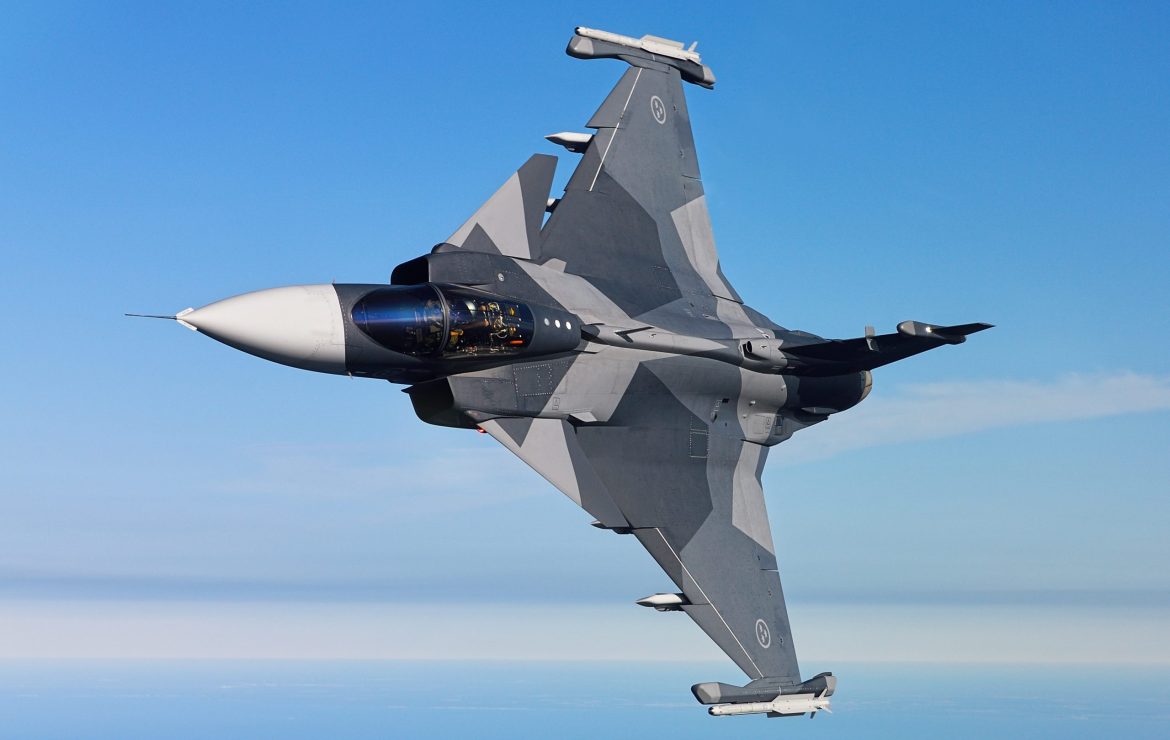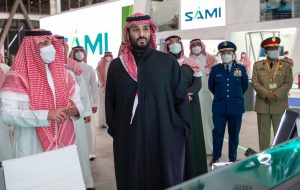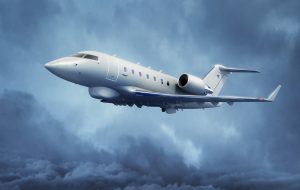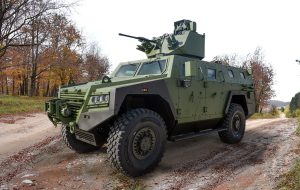Swedish defence industries are among the vital sectors that play an effective role in preserving the country’s sovereignty and achieving national stability. The Swedish defence sector, especially in air defence and fighter jet manufacturing, is highly committed to technological development and innovation, with the renowned global company Saab being a key partner in achieving this success and playing a prominent role in enhancing Swedish defence capabilities.
Saab is a pioneer in developing and manufacturing fighter jets, with a strong international reputation. The fighter jets it produces rely on advanced technologies and cutting-edge innovations, making them able to adapt to the latest aerial challenges.
Gripen E: Unique Design and Superior Features
In this context, the famous latest generation Swedish Gripen E fighter jet takes the lead and stands out. Its versatility, unique design and superior features make this combat aircraft one of the leading and modern models in fighter jet technology that effectively meets the needs of national defence and contemporary aerial threats.
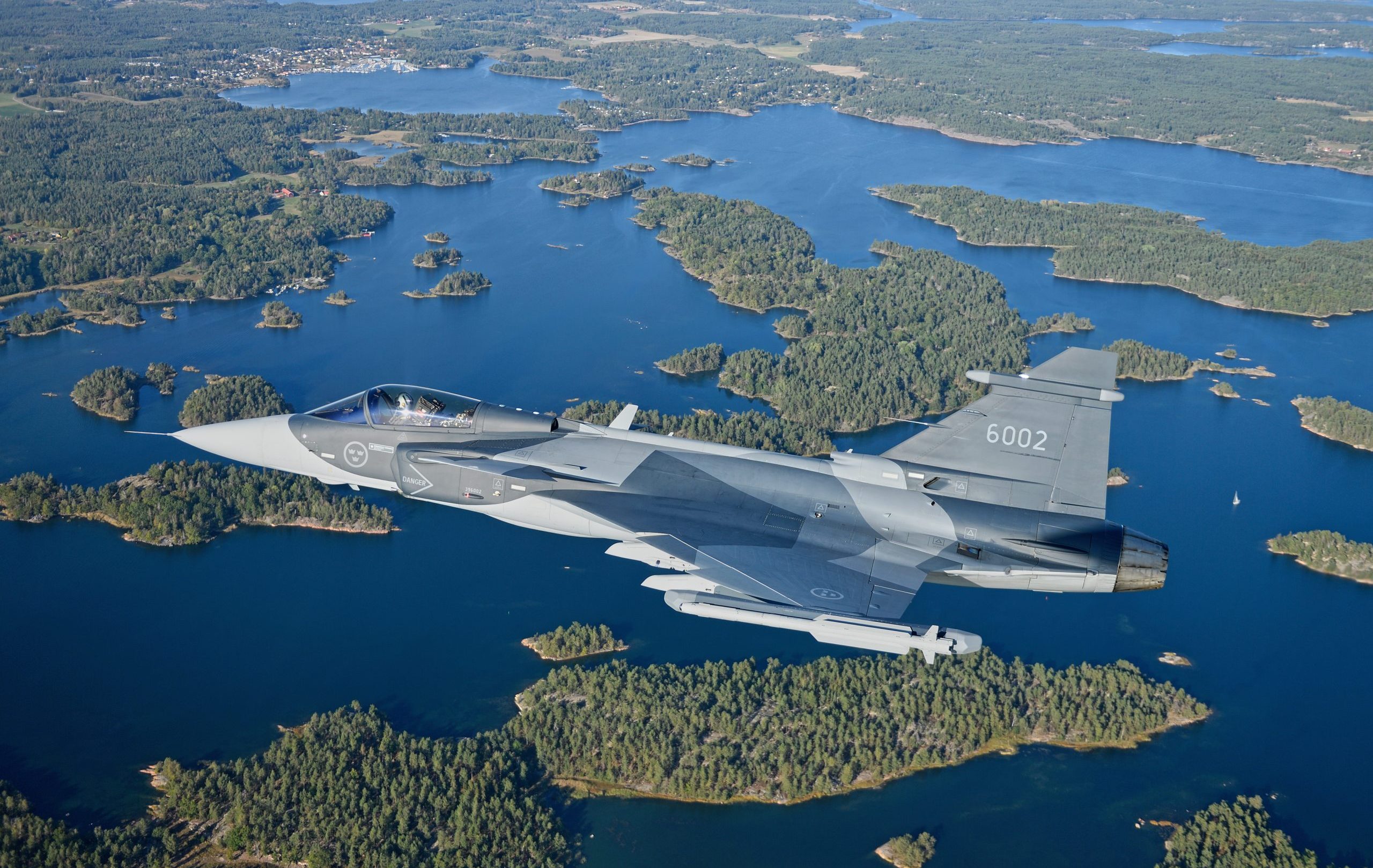
This aircraft not only represents a huge leap in technological capabilities but is also an embodiment of the principles of diversity, efficiency and adaptability. Numerous specialised defence reports have described it as the best alternative to many advanced stealth fighters around the world.
At the heart of the Gripen E’s prowess is its advanced avionics system, which integrates seamlessly with a sophisticated sensor suite. The aircraft is equipped with the state-of-the-art AESA (Active Electronically Scanned Array) radar, providing enhanced situational awareness and target tracking capabilities.
This radar system allows the Gripen E to simultaneously track and engage multiple targets with remarkable precision, a crucial feature in the dynamic and complex scenarios of modern air combat.
One of the standout features of the Gripen E is its Electronic Warfare (EW) suite, designed to counter both radar and infrared threats.
Formidable force
The aircraft’s electronic countermeasures and self-protection systems are a testament to Saab’s commitment to ensuring the survivability of the pilot and the aircraft in hostile environments. In an era where electronic warfare capabilities are becoming increasingly critical, the Gripen E stands out as a formidable force.
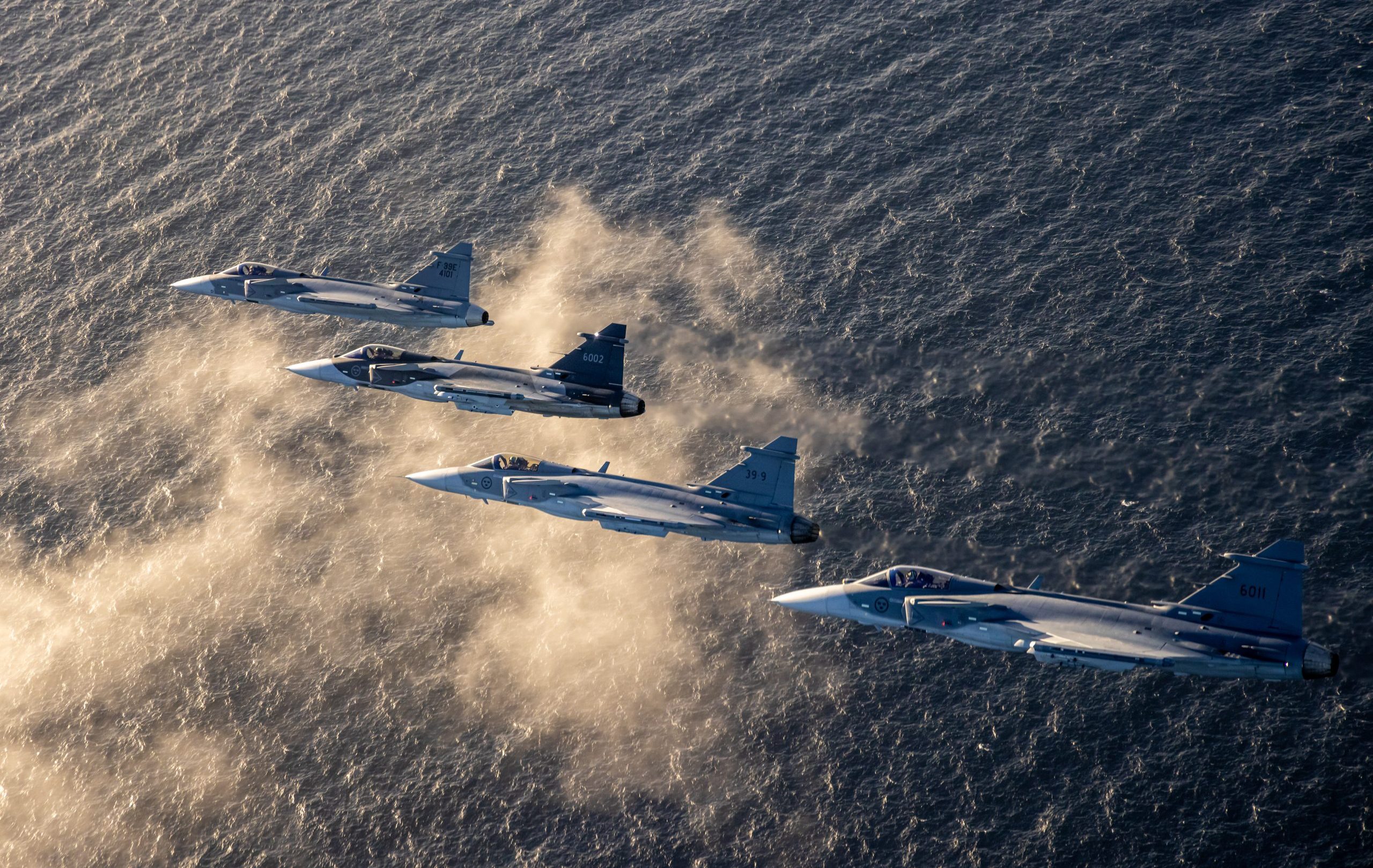
Furthermore, the Gripen E Series boasts a highly adaptable and customizable design, allowing for easy integration of new technologies and upgrades. This modularity is a strategic advantage, ensuring that the aircraft can evolve and stay relevant in the face of rapidly changing threats.
The ability to quickly incorporate new weapons systems, sensors, and software updates positions the Gripen E as a future-proof investment for air forces around the world.
In terms of performance, the Gripen E is powered by the General Electric F414G engine, the aircraft delivers impressive speed, agility, and range. Its ability to operate from short and unpaved runways further enhances its strategic flexibility, allowing it to be deployed in a variety of scenarios in countries with diverse geographical landscapes and operational requirements.
High Efficiency & Cost Effectiveness
In an era characterised by budget constraints, cost-effectiveness is a key consideration for many nations when choosing a fighter jet for their air force. The Gripen E Series addresses this concern by offering a competitive lifecycle cost without compromising on capabilities.
The Gripen E series’ continued ability to attract global attention highlights the importance of innovation and adaptability in the intensely competitive world of fighter jets.

Saab’s commitment to pushing the boundaries of technology and focusing on meeting aerial capability requirements across the globe makes this series a strong player in 21st-century aerial warfare, thanks to its advanced capabilities, adaptable design and high efficiency.
Saab’s approach to international collaboration and technology transfer further enhances the appeal of the Gripen E Series. The company actively engages in partnerships with customer nations, fostering a collaborative environment that allows for the sharing of technology and expertise.
This not only strengthens diplomatic ties but also empowers partner nations to build and sustain their aerospace industries.
Saab’s approach to international cooperation and technology transfer also adds to the appeal of the Gripen E series. The Swedish company actively enters partnerships with clients from different countries, strengthening a collaborative environment that enables technology and expertise exchange, reinforcing diplomatic ties and enabling partner nations to build and sustain their own aerospace industries.
Controlling the battlespace
The objective of this modern fighter is to secure airspace and fulfil missions against complex threats, within a broad spectrum of different scenarios.
Fighting in modern conflict requires being persistent and constantly one step ahead of potential threats and opponents, so the Gripen E is designed with smart technology and adaptability to dominate the battlefield for decades to come.
The Gripen E is equipped with silent networking and total sensor fusion across a tactical air unit to blind and confuse the enemy. When one aircraft is active, the others go passive. Together the team gets the first missile launch opportunity and the first kill.
Human Machine Collaboration
Designed to be an extension of the pilot’s mind and body, the Gripen E uses advanced Human Machine Collaboration (HMC) to work seamlessly with the pilot.
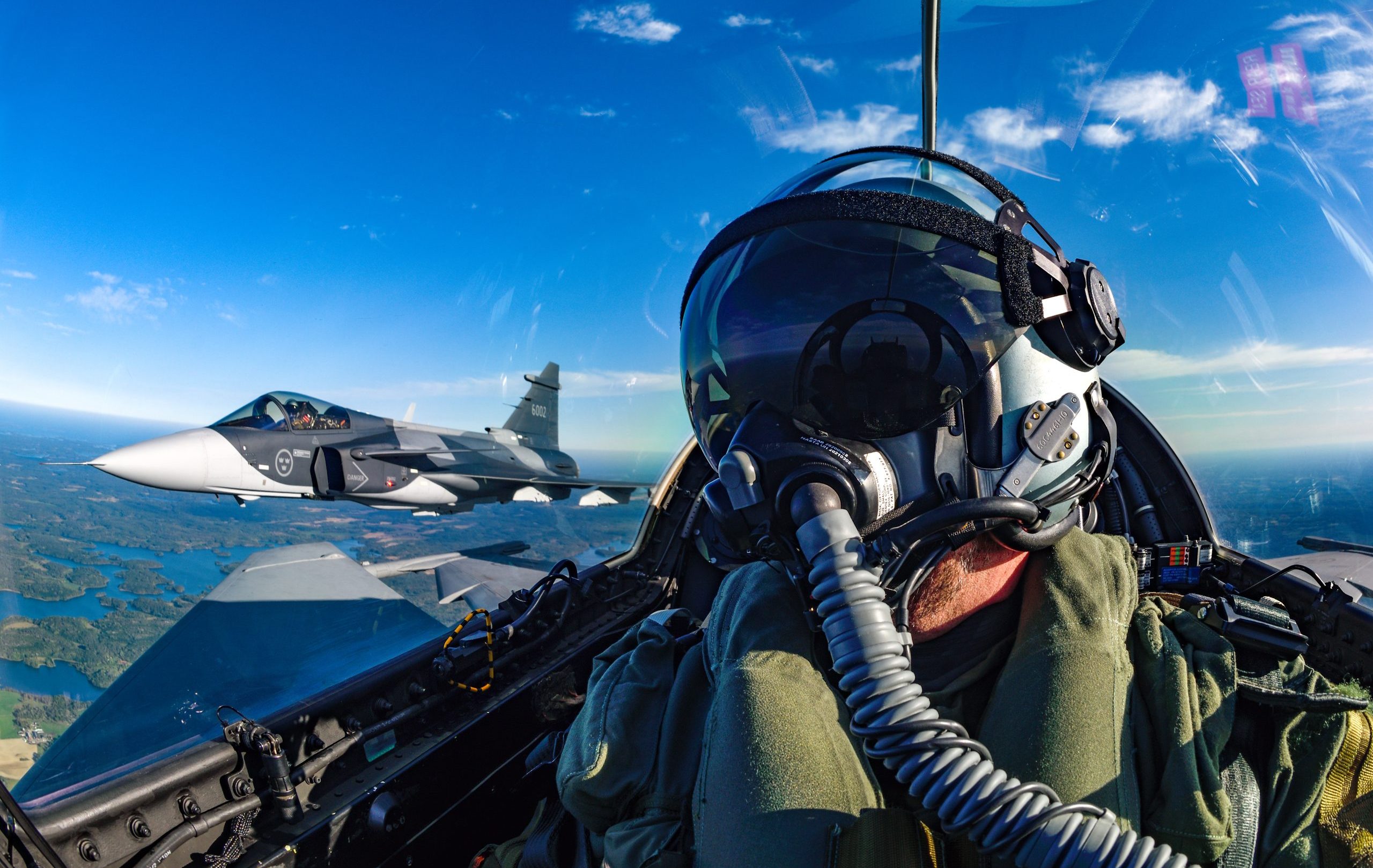
Gripen’s embedded AI capability and its future-oriented cockpit design that features the Wide Area Display (WAD), facilitate the pilot’s decision-making process and provide crucial assistance amid a complex mission.
The WAD presents the information in a user-friendly way, which supports the pilot’s ability to select, launch and guide weapons in perfect coordination with other members of a tactical air unit.
Situational Awareness
Fighter pilots need to have exceptional situational awareness to be able to see first, understand first and act first, to maintain the combative edge over the adversary. In a contested environment, this is the difference between mission success and failure. Thus Gripen’s suite of sensors delivers cross-domain data gathering and an unprecedented level of networked sensor fusion.
Information is quickly analyzed and shared in real-time, enabling critical decisions to be rapidly implemented, and ensuring tactical superiority.
Electronic Warfare
The Gripen can penetrate the enemy’s anti-access zones and disrupt its capacity to perform. Gripen E’s integrated cutting-edge electronic warfare system combines a variety of offensive and defensive measures to disrupt enemy efforts while protecting itself to ensure high survivability.
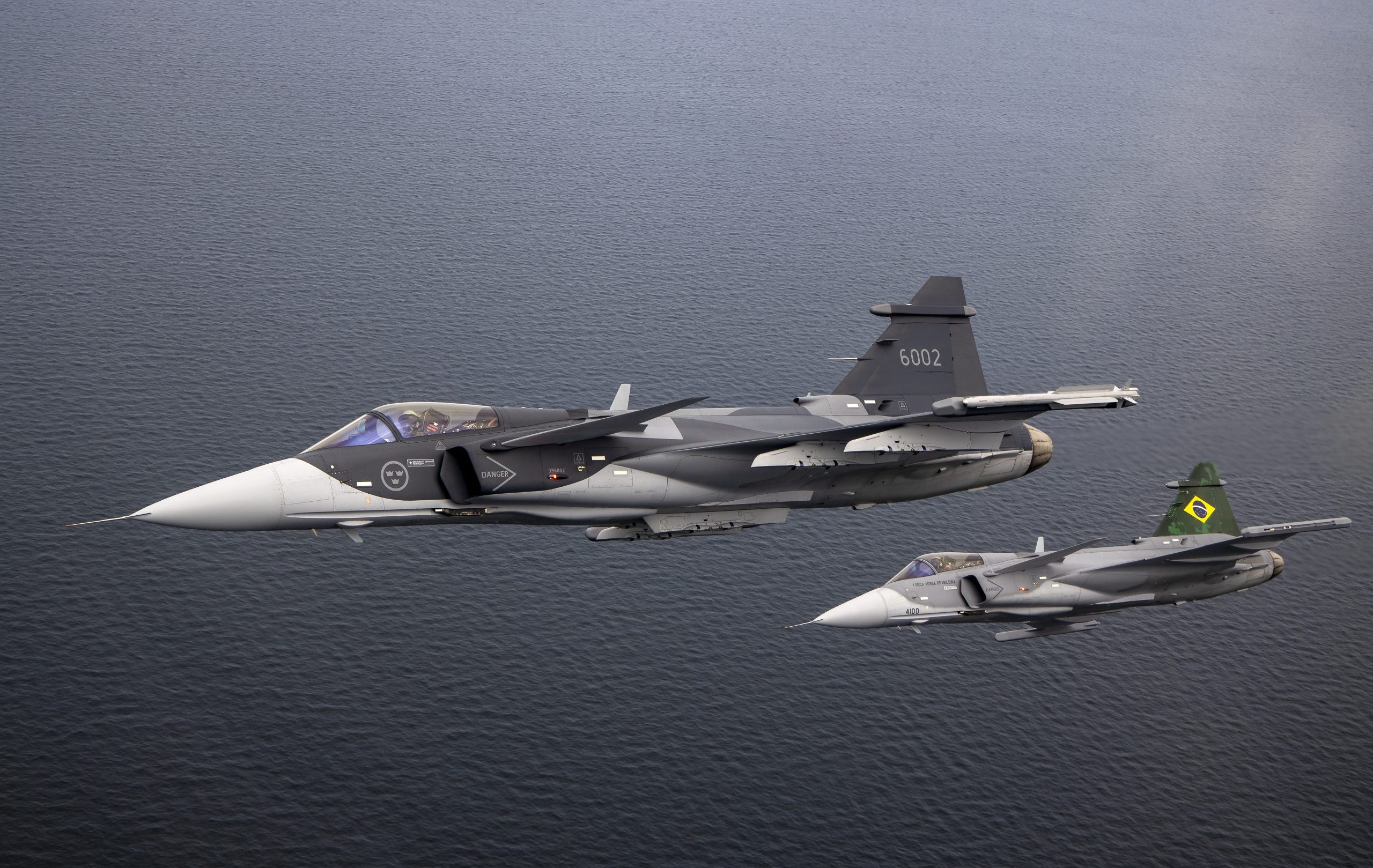
Moreover, Gripen performs real-time signal analysis and countermeasures management, to vanquish any rival.
Lethality
Gripen E has 10 hard points; offers the best-in-class weapons and pods from around the world; and has an unrivalled ease of store integration.
Gripen E can conduct air-to-air, air-to-surface and reconnaissance missions, achieving air supremacy with up to seven Meteor Beyond Visual Range Air-to-Air Missiles and two Within Visual Range IRIS-T missiles.
Weapons like these, combined with the ability to use offensive and defensive means simultaneously, enable Gripen E to detect, engage and suppress or destroy targets effectively.
Gripen E is designed to work within the enemy’s A2AD (Anti-Access Area Denial) “dome” in a highly contested environment, i.e. the area and airspace covered by enemy ground-based air defence systems, delivering a performance that rivals stealth aircraft.
Maximum Force Readiness
From the outset, Gripen E was designed for ease of maintenance that secures higher availability than its competitors. Gripen E can operate in extreme climates and from dispersed and unprepared road bases or airstrips.
It takes less than 20 minutes with only a limited number of ground crew and equipment to refuel and rearm Gripen for an air-to-air mission, which ensures rapid re-engagement.
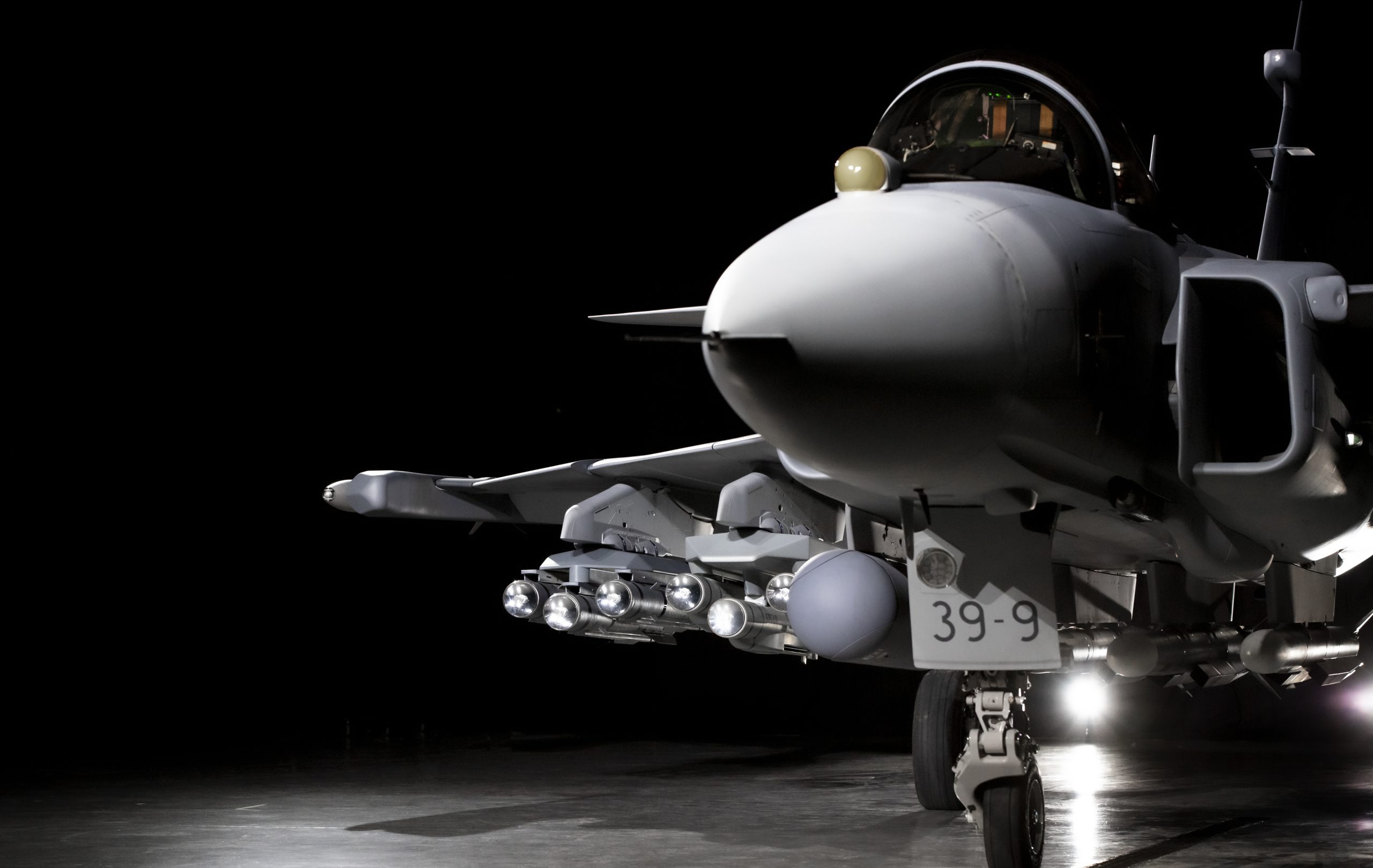
With low maintenance requirements per flight hour, Gripen E spends less time on the ground and more time in the air.
Interoperability
Gripen E can fully operate with allied joint forces in the air, on the ground and at sea. The ease of weapon integration, the use of common communication systems and networked datalinks make Gripen E a smart choice for an interoperable jet fighter.
Gripen Maritime
Gripen Maritime is part of the Gripen E-series, designed specifically for carrier-based operations. Intended for both CATOBAR and STOBAR operations, the Gripen Maritime size and flight/hangar deck manoeuvrability will offer a simple and robust fighter in terms of all embarked operations.
Its small logistics footprint and reduced spare inventory will make it significantly more maintainable and require far fewer personnel than existing fleet fighters.
Marinised engine
Gripen Maritime will meet or exceed all operational requirements for maritime fast jet operator nations around the world. The fighter can operate in high humidity and is designed to withstand the corrosive effect of saltwater ingress. The GE 414G engine is fully marinised for embarked operations.
Steady deck landings
Rapid pitch and roll authority as well as precision glide slope control will give Gripen’s pilot the perfect platform for a safe and steady deck landing.
Infographic

By: Ikram Ben dalla (Military Affairs Specialist)


